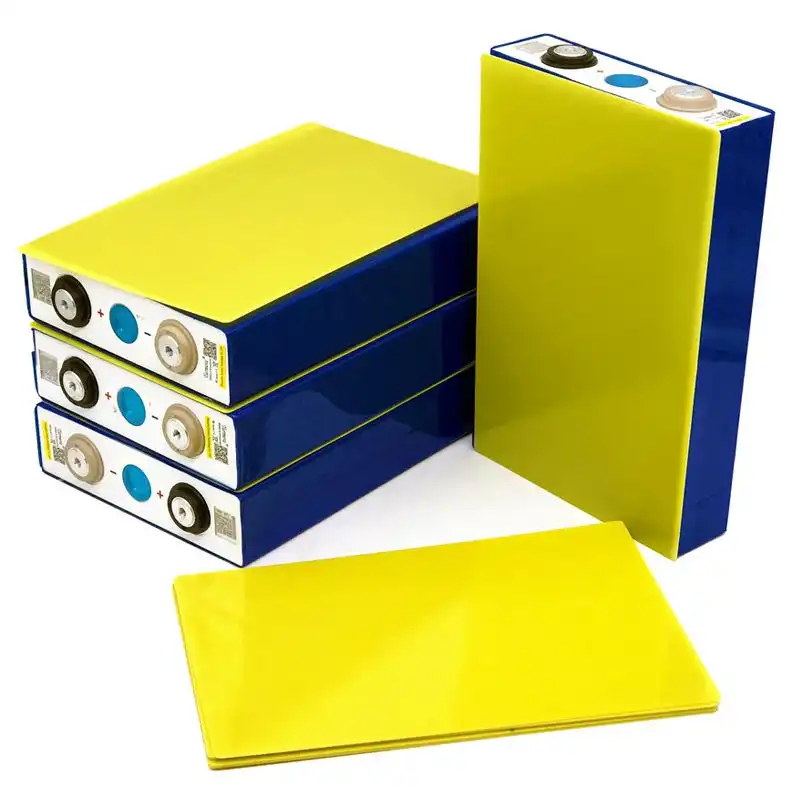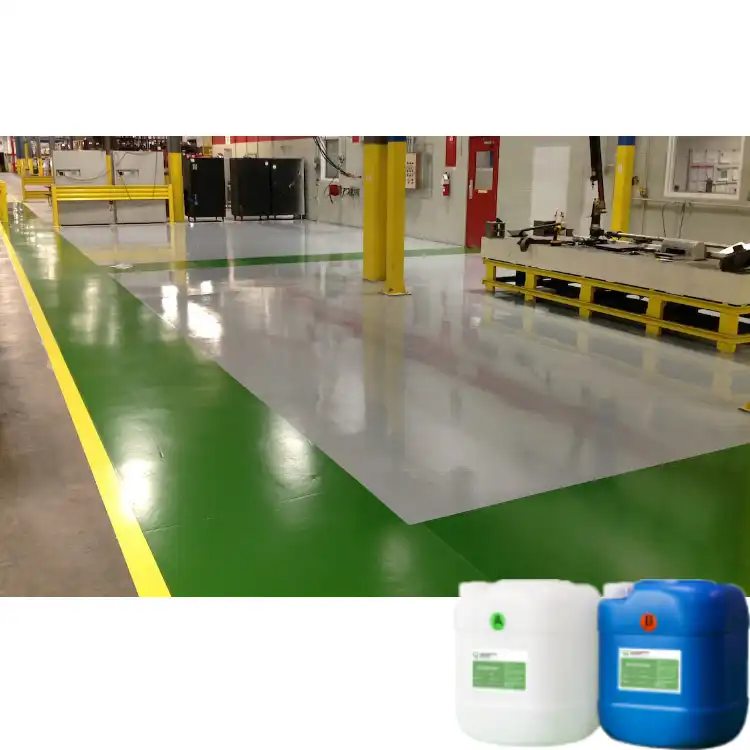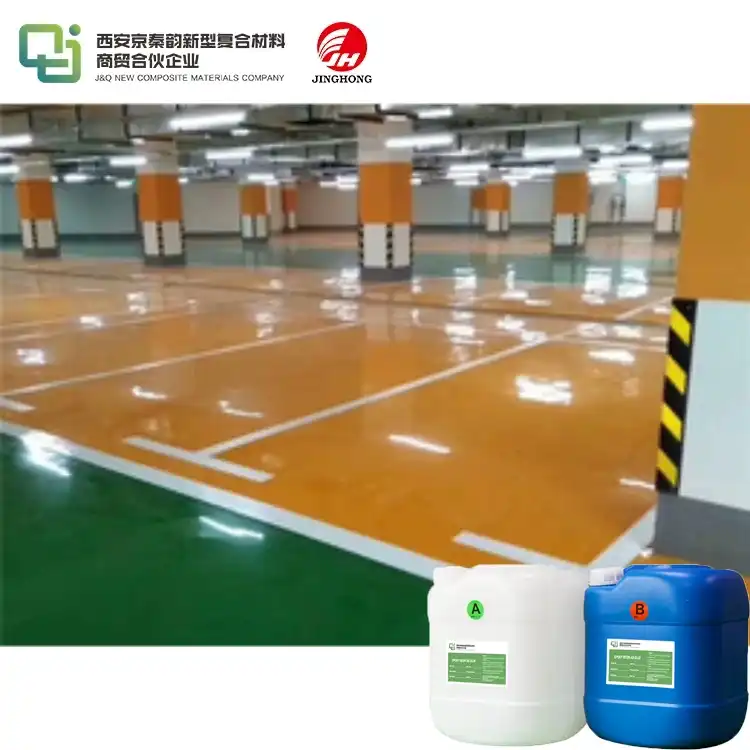What is pa sheet?
2024-09-20 17:12:00
In the realm of modern materials, PA sheets, regularly known as Nylon 6 sheets or polyamide 6 sheets, are fundamental parts across different businesses. These materials are praised for their flexibility, strength, and protection from mileage. This guide has all the information you need if you're thinking about using PA sheets for your projects or just want to learn more about this subject.
Understanding PA Sheet
PA sheet stands for Polyamide sheet, a high-performance engineering plastic made from Nylon 6. Also referred to as polyamide 6 sheet, this material is widely used in industrial applications due to its strength, wear resistance, and chemical stability. But what exactly makes PA sheets so useful, and how do they stand out from other plastic materials?
Composition and Manufacturing Process
PA sheets are made from polyamide 6, a type of thermoplastic polymer that is synthesized through polymerization. Nylon 6 is produced by the ring-opening polymerization of caprolactam, a process that results in long molecular chains. This gives the material its excellent mechanical properties, such as high tensile strength and elasticity.
The manufacturing process of PA sheets typically involves casting or extrusion. In extrusion, the polymer is melted and shaped into sheets of various thicknesses, perfect for cutting and molding into different applications. These sheets can be further modified to meet specific needs, from adding fillers to enhance strength to introducing additives for UV resistance.
Key Properties of PA Sheets
PA sheets are appreciated for their unique combination of properties, which include:
- High mechanical strength: Nylon 6 sheets exhibit excellent tensile strength, making them ideal for heavy-duty applications.
- Low coefficient of friction: This makes PA sheets highly resistant to wear, ideal for components like gears and bearings.
- Excellent chemical resistance: Nylon 6 resists various chemicals, including oils, fuels, and solvents, adding to its versatility.
- Good thermal stability: PA sheets can withstand high temperatures without losing their structural integrity, making them suitable for applications requiring heat resistance.
- Dimensional stability: This ensures minimal expansion or contraction in different environmental conditions.
Applications of PA Sheets
The outstanding properties of PA sheets make them indispensable in a range of industries. Some common applications include:
- Automotive industry: PA sheets are used in the production of gears, bushings, and other vehicle components due to their wear resistance and strength.
- Electrical insulation: The excellent insulating properties of Nylon 6 make it ideal for electrical components and housings.
- Mechanical parts: PA sheets are often machined into parts like rollers, bearings, and pulleys, where durability and low friction are critical.
Differences Between PA Sheets and Other Engineering Plastics
While PA sheets are highly versatile, they are not the only engineering plastic available. To understand their unique role, it's helpful to compare them with other commonly used materials like POM (Polyoxymethylene) and PTFE (Polytetrafluoroethylene).
PA Sheets vs. POM Sheets
POM sheets, also known as acetal sheets, are another popular engineering plastic often used in similar applications. However, there are several differences between the two materials:
- Strength: While both materials offer high strength, PA sheets generally have higher tensile strength than POM sheets.
- Friction: PA sheets have a lower coefficient of friction compared to POM, making them more suitable for applications requiring smooth movement.
- Water absorption: One of the drawbacks of PA sheets is that they absorb moisture, which can affect their dimensional stability in humid environments. POM sheets, in contrast, exhibit very low water absorption, making them better suited for applications where moisture is a concern.
PA Sheets vs. PTFE Sheets
PTFE sheets, commonly known by the brand name Teflon, are another alternative. However, these materials differ significantly in their properties:
- Temperature resistance: PTFE can withstand much higher temperatures than PA sheets, making it more suitable for extreme heat environments.
- Friction and wear: While both materials have low friction, PTFE is unrivaled in this regard. PA sheets, however, offer better mechanical strength and are more affordable.
- Chemical resistance: While PA sheets offer good resistance to a wide range of chemicals, PTFE excels in this area, especially when dealing with highly corrosive substances.
Why Choose PA Sheets?
When deciding between these materials, PA sheets represent the best balance of strength, wear resistance, and cost-effectiveness. While materials like POM and PTFE have their advantages in specific applications, Nylon 6 sheets are often the go-to choice due to their versatility and broad range of applications. Whether you're looking for a material that can handle mechanical stress, provide excellent wear resistance, or offer a cost-effective solution, PA sheets are a top contender.

How to Select the Right PA Sheet for Your Application
Choosing the right PA sheet for your project requires a good understanding of the specific requirements of your application. Not all PA sheets are created equal, and factors such as thickness, surface finish, and additives can significantly impact performance.
Thickness and Size Options
PA sheets come in various thicknesses, typically ranging from 1 mm to over 100 mm. Thicker sheets offer higher levels of strength and durability, making them suitable for applications like heavy-duty mechanical parts or structural components. Thinner sheets, on the other hand, are more flexible and often used in lighter applications such as liners or insulation.
It's important to select the right thickness based on the load-bearing requirements and environmental conditions of your project. Additionally, PA sheets can be supplied in custom-cut sizes, allowing for more precise application without unnecessary waste.
Surface Finish and Treatment Options
The surface finish of Nylon 6 sheets can vary from smooth to textured, depending on the intended use. Smooth finishes reduce friction and are ideal for components like bearings and gears. Textured or matte finishes, on the other hand, are used in applications where grip or adhesion is important. Beyond surface finishes, PA sheets can be treated with various additives to enhance their properties:
- Glass-filled PA sheets: These incorporate glass fibers for added strength and rigidity, making them suitable for high-load applications.
- UV-stabilized PA sheets: For outdoor applications, UV stabilizers can be added to prevent degradation from sunlight exposure.
- Oil-filled PA sheets: These are self-lubricating, reducing the need for external lubrication in moving parts like gears or bushings.
Environmental Considerations
Another critical factor when selecting PA sheets is the environmental conditions in which the material will be used. For instance, if your application is exposed to moisture, it's essential to consider the water absorption characteristics of PA sheets. Nylon 6, while robust, can absorb moisture, which may affect its dimensional stability in humid environments. In such cases, pre-treated or modified PA sheets (such as oil-filled or moisture-resistant variants) are better options.
Temperature is another consideration. While PA sheets can handle temperatures up to approximately 180°C, applications in extremely high-heat environments should opt for alternative materials like PTFE or high-temperature-resistant PA grades.
Conclusion
Understanding PA sheets and their various characteristics can help you make informed decisions for your industrial or engineering projects. Whether you're working in the automotive, electrical, or mechanical fields, Nylon 6 sheets (or polyamide 6 sheets) provide a versatile, durable, and cost-effective solution. Their unique combination of strength, wear resistance, and chemical stability ensures they can handle a wide range of applications, from high-stress mechanical parts to electrical insulation.
Contact Us
If you're looking for more information or want to discuss your specific needs, feel free to reach out to us. With over 20 years of experience in manufacturing and selling high-quality insulating materials, we are here to help you choose the best solutions for your project. Contact us today at info@jhd-material.com for expert advice and assistance.
References
1. Engineering Materials Handbook – Volume 2: Engineering Plastics
2. Plastics Technology: Properties, Applications, and Processes by J. Boldizar
3. "Nylon 6 and Its Applications" – Journal of Industrial Plastics, 2020
4. "Polyamides in Engineering: The Role of PA6" – International Polymer Research, 2019
5. Materials Science and Engineering: An Introduction by William D. Callister
6. "Comparative Analysis of Engineering Plastics: PA6 vs. POM" – Industrial Plastics Review, 2021







